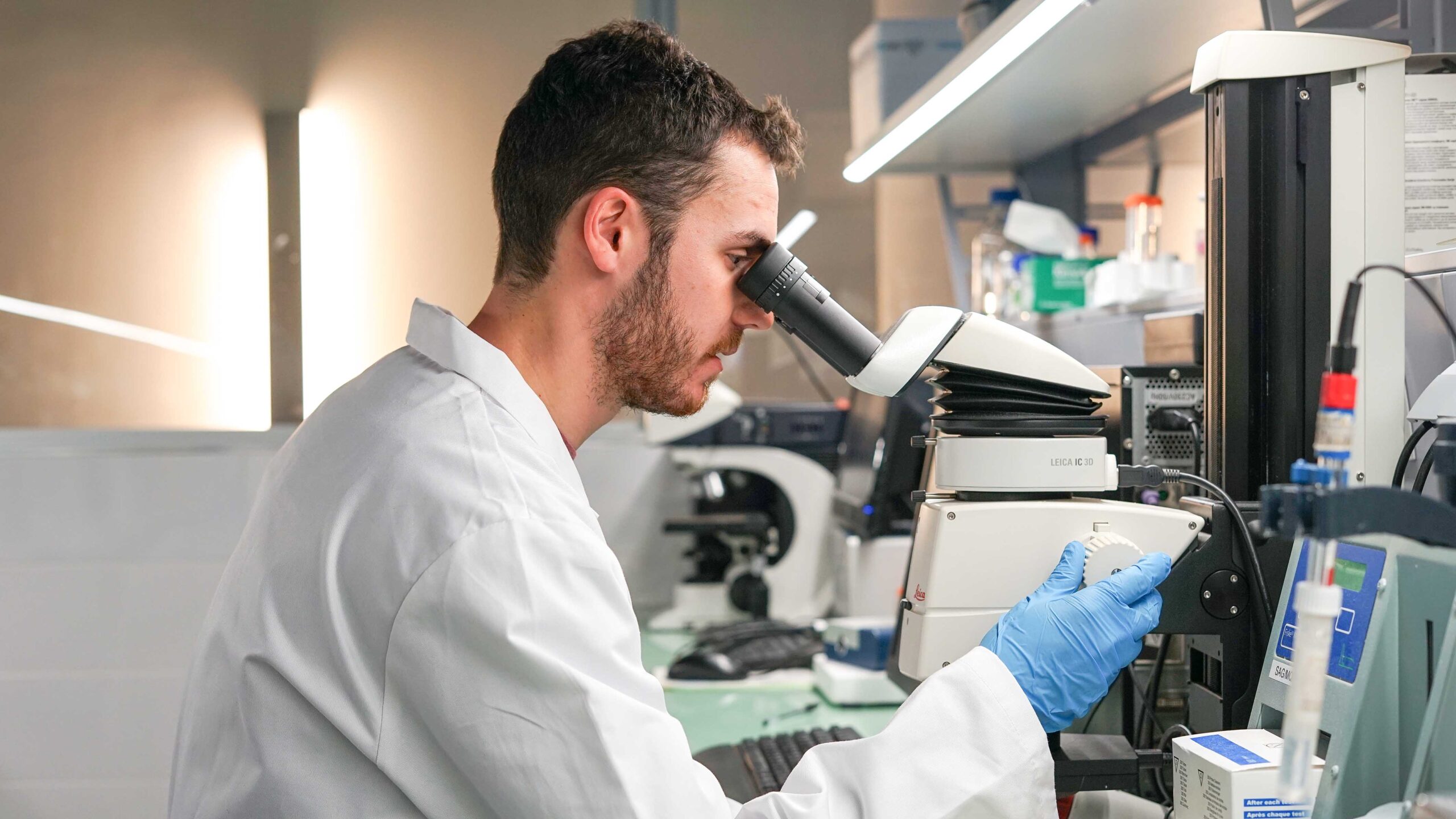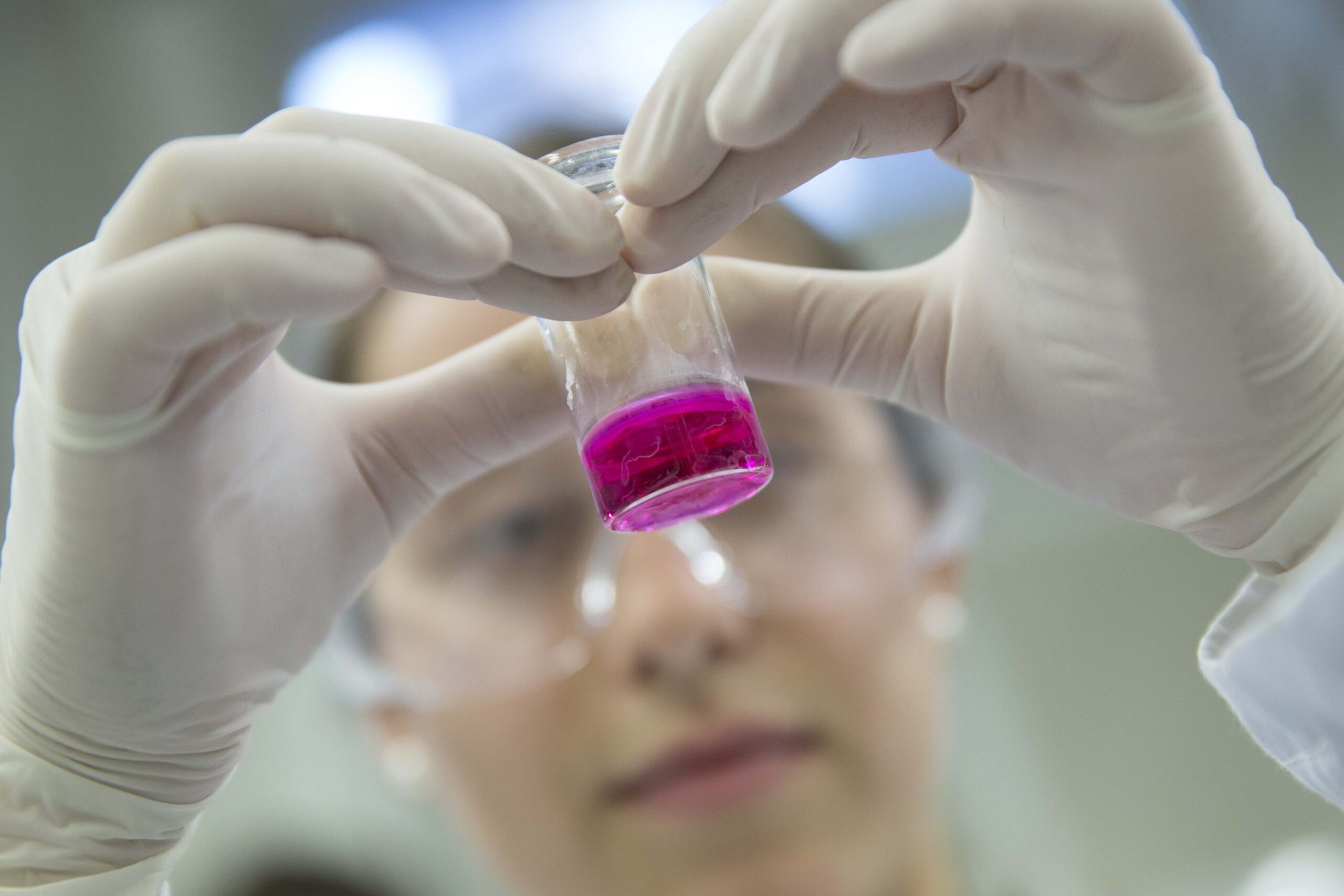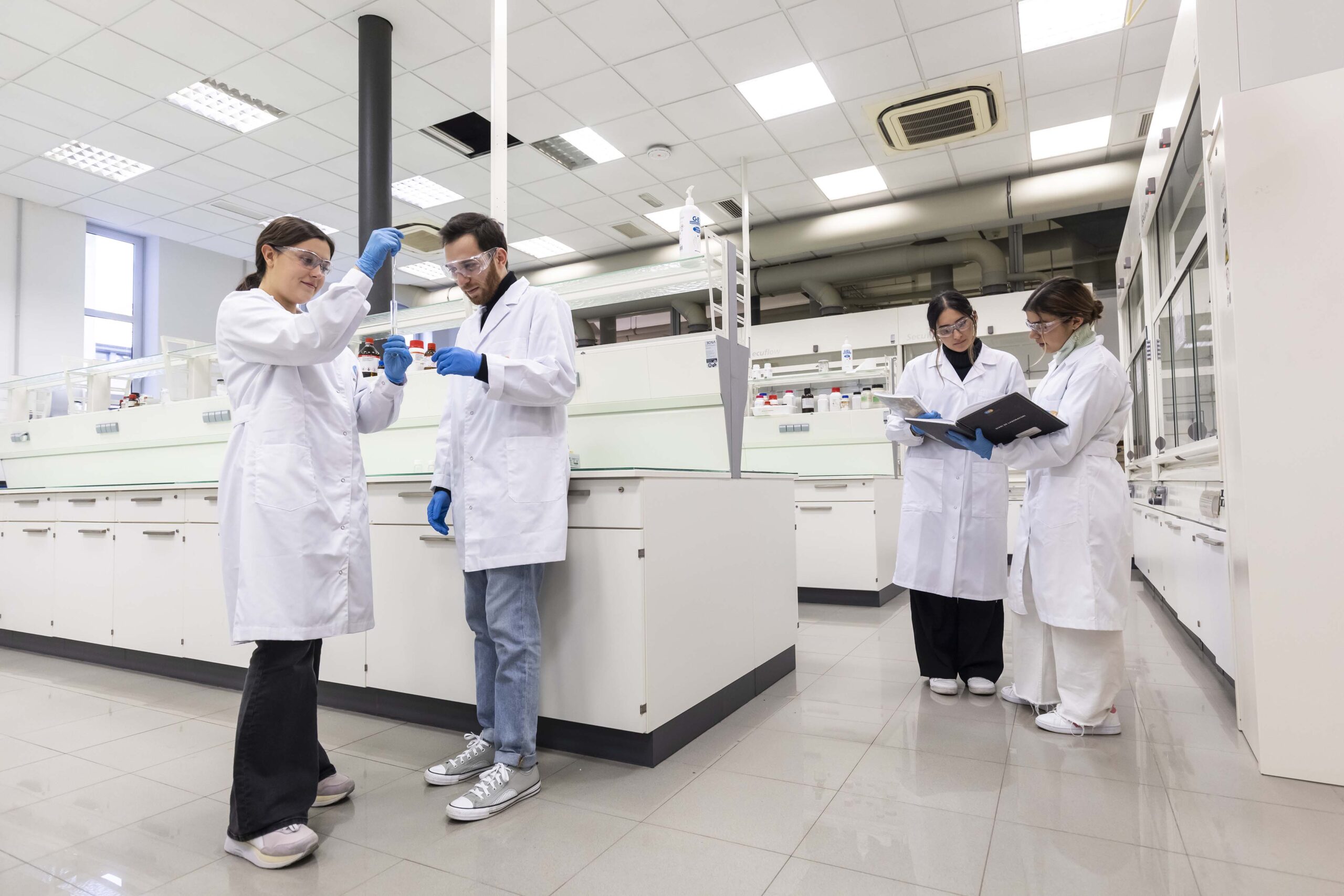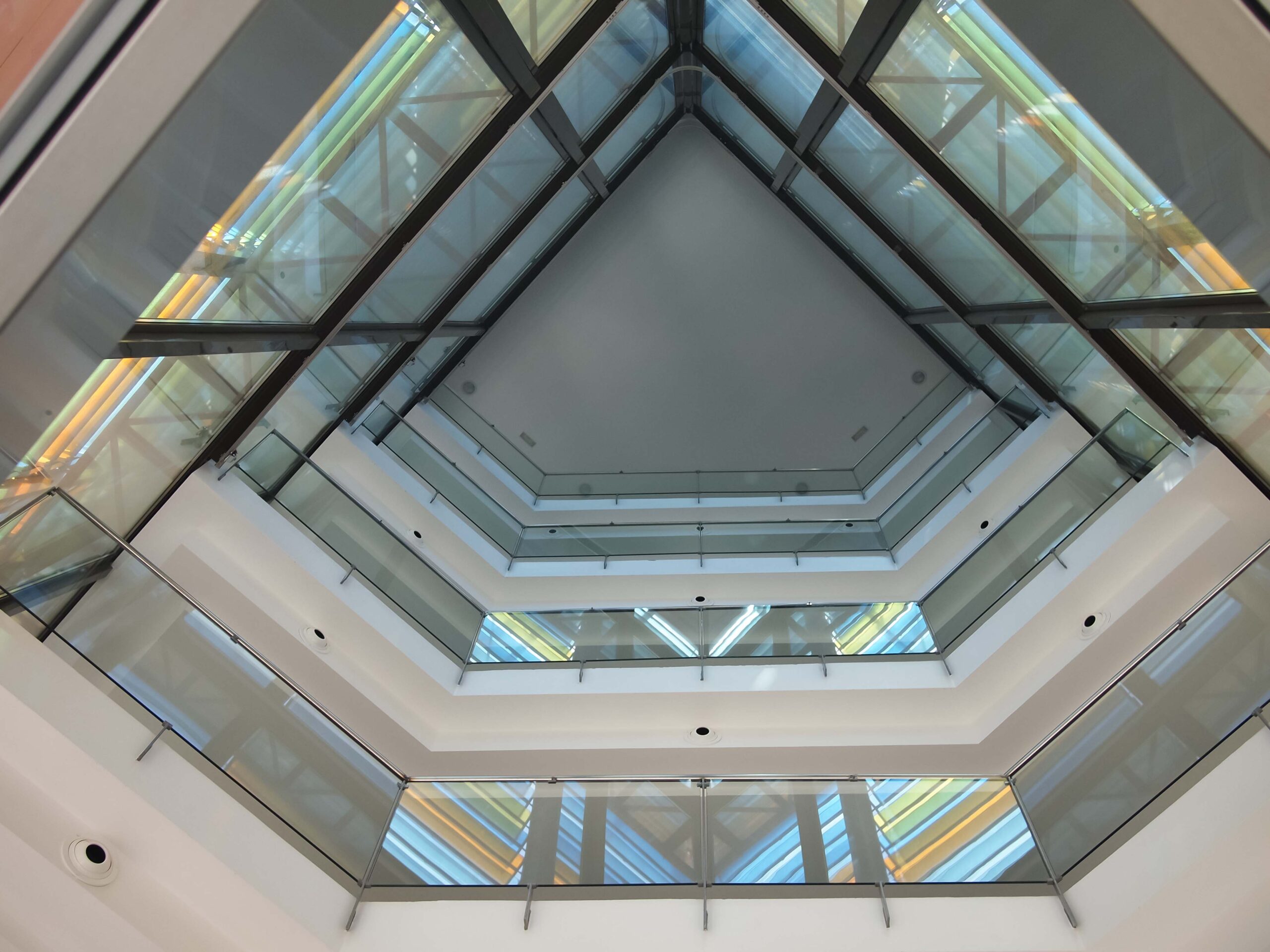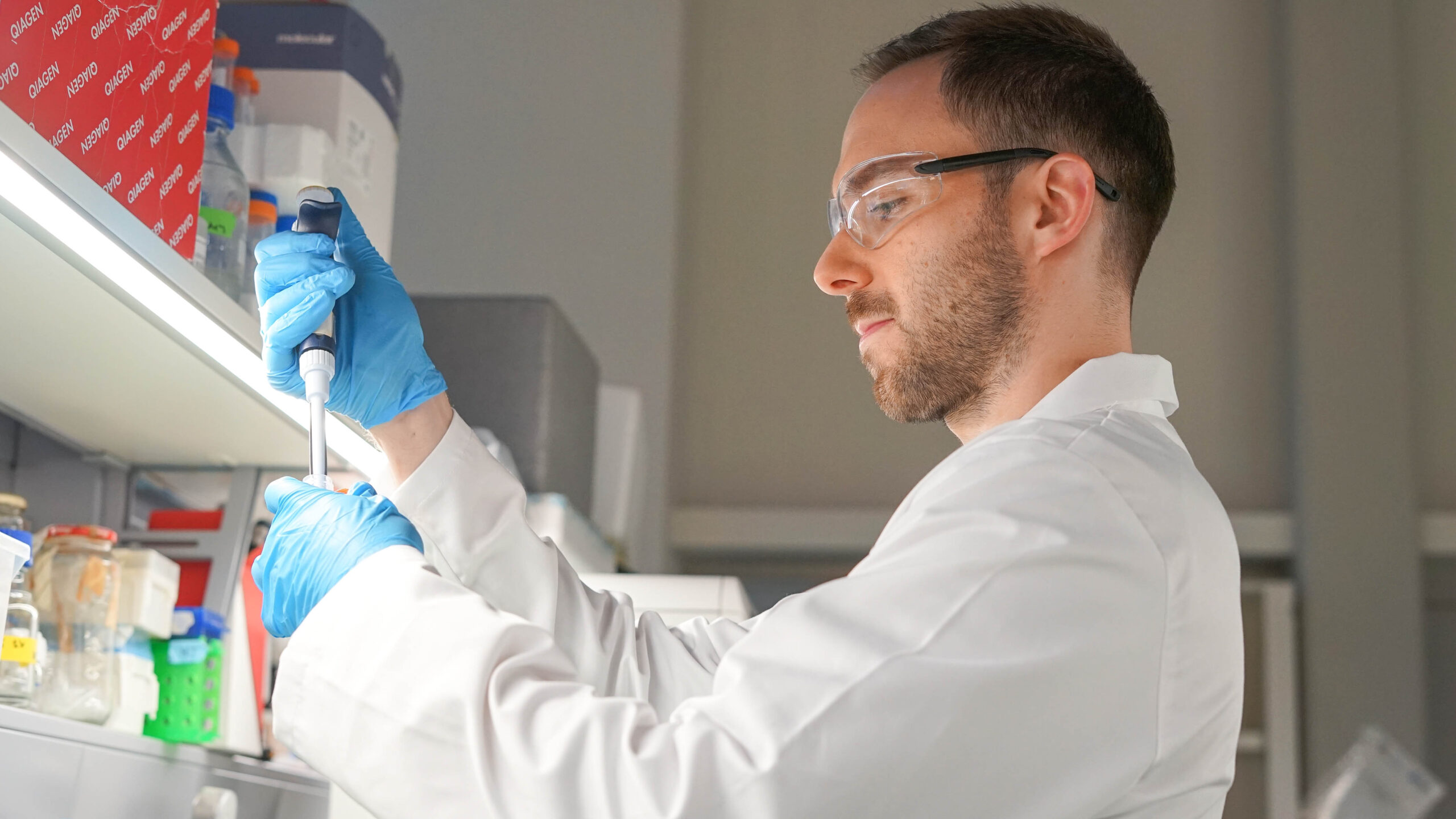Dr Cormac Hally recently defended his doctoral thesis on new sensitizers applied in photodynamic therapy, both for the treatment of infections and for antineoplastic treatments. Dr Hally received a double degree as a doctor in Chemistry from the Ramón Llull University and a doctor in Physics from the Università di Parma.

Photodynamic therapy is an alternative to stopping the proliferation of unwanted cells within living organisms, both in the case of infections caused by microorganisms (as an alternative to antibiotic treatments) and in the case of antineoplastic treatments (as an alternative to or support for chemotherapy, radiotherapy, or surgery).
The AppLightChem research group within the IQS School of Engineering is specialized in the chemical aspects of the biomedical applications of light. Their research and transfer activities focus on solar photoprotection, cancer photochemotherapy, photoantimicrobial therapies, and diagnosis through fluorescence imaging.
Within this group, the researcher Dr Cormac Hally recently defended his doctoral thesis under the title "Artificial and natural photosensitizers in photodynamic therapy: expanded conjugates of Porficeno and Hypericin". The thesis was co-supervised by Dr Santi Nonell at the IQS School of Engineering and Dr Cristiano Viappiani at the Università di Parma. The main objectives of the research were studying the antimicrobial and antineoplastic applications of the new conjugates in photodynamic therapy (PDT) and trying to understand the mechanism of action through the use of various advanced technologies.
Dr Hally received a dual doctorate degree, with a PhD in Chemistry from IQS-Ramón Llull University and a PhD in Physics from the Università di Parma. This is the first time that a doctoral student from IQS-URL has obtained a dual doctorate degree.
Approach of new sensitizers to antimicrobial and antineoplastic phototherapies
The conjugation of 9-isothiocyanate-2,7,12,17-methoxyethyl porphycene with two hydrophilic entities, the antibiotic gentamicin and the lipophilic triphenylphosphonium cation, form amphiphilic compounds with great biological activity. The activity of the former in the submicromolar range against microorganisms and the partial accumulation of the latter in HeLa cell mitochondria are of special interest.
The conjugation presents a dual aromatic system, with great absorption in red and with high yields of singlet oxygen. Its fluorescence, despite being faint, has been used in this research in advanced applications such as confocal microscopy and even in stimulated emission depletion (STED) microscopy.
In addition, Hypericin is a known and powerful natural photosensitizer that is expensive to obtain both by purifying the extract of the Hypericum plant and through its chemical synthesis. Dr Hally's research observed that the photo-physical properties of raw hypericin are not mitigated by other products in the raw extract and that its activity against S. aureus is preserved. Combined with retinoic acid (with an anti-inflammatory effect) within the lactoglobulin protein as a nanocarrier, it has been shown to be a powerful photo-treatment against bacterial colonization in acne vulgaris.
It is worth highlighting that all the procedures used in this doctoral thesis were carried out under GMP regulations.
This research received a Grant for the Recruitment of New Research Staff, financed by European Social Funds and the Secretariat of Universities and Research of the Government of Catalonia.

